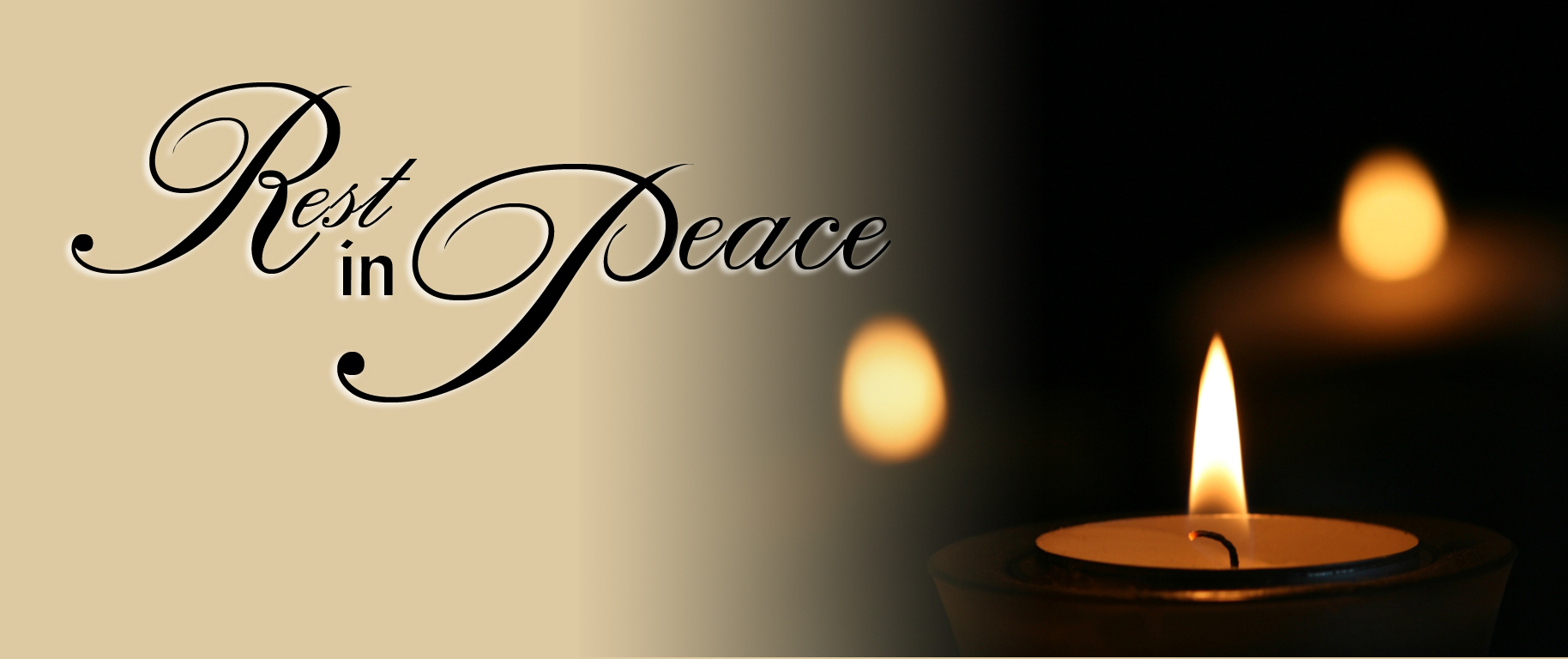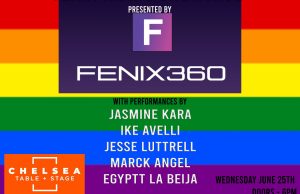Behind The Lens on Prince: The Life of a Legend
leg·end /ˈlejənd/ noun
1. an extremely famous or notorious person, especially in a particular field.
Musician, Artist, Actor, Legend, Hall of Famer, and who can forget King of Shade….. Babeeeeee, nobody, and I do mean NOBODY can do a silent read like the one and only.
Born Prince Rogers Nelson on June 7, 1958, in Minneapolis, Minnesota. Prince’s early music career saw the release of Prince, Dirty Mind and Controversy—all of which created controversy due to their unapologetic mix of religious and sexual themes. Continuing his greatness, Prince released the albums 1999 and Purple Rain, cementing his superstar status with No. 1 hits like “When Doves Cry” and “Let’s Go Crazy.”
Controversy (1981) continued playing with the themes of its predecessor, as seen with the dance-oriented title track, which reached No. 3 on the r&b charts, as well as songs like “Sexuality” and “Do Me Baby.” Yet as Prince continued to develop his career, he would also be known for tracks that had a deep sense of spirituality, with a yearning for majesty and wonder.
The singer found international success with the release of his 1982 album, 1999, which included the top 20 title track, an exquisite synth-funk ode about nuclear doomsday, as well as the top 10 hits “Little Red Corvette” and “Delirious.”
With his band the Revolution, Prince went on to create the classic album Purple Rain (1984), which also served as the soundtrack to the film of the same name, grossing almost $70 million at the U.S. box office. Co-starring Apollonia Kotero and Morris Day, the movie garnered an Academy Award for Best Original Song Score. The melancholy title track “Purple Rain” reached no. 2 on the Billboard Hot 100, while the hits “When Doves Cry” and “Let’s Go Crazy” both reached no. 1. While “Crazy” readily joined the pantheon of wild, electrifying rock songs, “Doves Cry” had one-of-a-kind signatures, displaying an otherworldly meld of electronic and funk elements without a traditional chorus. The soundtrack offered two other hits: “I Would Die 4 U” and “Take Me With U.”
“Darling Nikki” was another tune from Purple Rain that incited controversy due to its explicit visuals. After senator Al Gore‘s wife Tipper Gore bought the album for their daughter and listened to the track, she eventually pushed for albums to sport labels specifically geared toward parents warning of graphic lyrics.
1985 saw the release of Around the World in a Day, which had the top 10 tracks “Raspberry Beret,” a whimsical mid-tempo ditty, and “Pop Life.” The record continued to feature Prince’s penchant for playing a range of instruments and desire to impart messages of self-love as seen with “Paisley Park,” a track inspired by the name of his Minneapolis studios. In 1986 Prince released his eighth studio album Parade, which included his pulsating no. 1 pop/r&b hit single “Kiss.”Parade served as the soundtrack for the artist’s second filmUnder the Cherry Moon, which he directed and starred in.
After the disbanding of the Revolution, Prince was able to consolidate various shelved projects into what ultimately became the double album Sign ‘O’ the Times (1987), with the title track reaching no. 3 on the pop charts and no. 1 in r&b. The album was known for its stark commentary on social issues yet also contained fun jams like “U Got the Look,” a raucous duet with Scottish singer Sheena Easton that reached no. 2 pop. (He had previously penned the lascivio

LOS ANGELES, CA – FEBRUARY 08: Musician Prince speaks onstage during The 57th Annual GRAMMY Awards at the at the STAPLES Center on February 8, 2015 in Los Angeles, California. (Photo by Kevork Djansezian/Getty Images) *** Local Caption *** Prince
usly charged pop/r&b hit “Sugar Walls” from her 1984 album A Private Heaven.) Sign was easily among Prince’s most critically acclaimed albums, yet its sales lagged in the U.S., finding more of an audience in Europe, where the artist launched a successful tour.
Maintaining a prodigious output, Prince released Lovesexy in 1988, known for its album cover featuring a photo of the artist in the nude as well as the top 5 uptempo r&b hit “Alphabet St.” By the time he released his 11th studio album, the soundtrack to Batman, in 1989, Prince had become one of America’s most commercially successful pop artists, continually making waves on the charts. Batman offered up the no. 1 romp “Batdance” as well as the top 5 r&b hit “Partyman.” The video for “Batdance” famously featured Prince in split-effect makeup and costuming meant to symbolize both the film’s shadowy hero and his crazed nemesis, the Joker.
The early 1990s marked the launch of the New Power Generation, Prince’s latest band that featured a blend of contemporary r&b, hip-hop, jazz and soul along with the vocals of Rosie Gaines. The group was first called out in the soundtrack to Graffiti Bridge, a 1990 sequel to Purple Rain that didn’t fare well at the box office yet still yielded the top 10 track “Thieves in the Temple.” With the NPG’s artistic contribution, Prince found success with his album Diamonds and Pearls (1991), which rose to no. 3 on the Billboard 200 album chart. Diamonds included the romantic title ballad, the industrial strength “Gett Off,” the playful paean “Insatiable” and the saucy No. 1 single “Cream.”
Prince’s work with the NPG continued to unashamedly toy with ideas around sexuality, gender norms and the body. To promote the album, Prince had app eared on the 1991 MTV Video Music Awards to do a live performance of “Gett Off.” Echoing parts of the track’s music video, the performance featured an array of dancers and musicians in an onstage bacchanal, with the artist famously turning around towards the end of the song to show off his seatless pants.
eared on the 1991 MTV Video Music Awards to do a live performance of “Gett Off.” Echoing parts of the track’s music video, the performance featured an array of dancers and musicians in an onstage bacchanal, with the artist famously turning around towards the end of the song to show off his seatless pants.
In the fall of 1992 Prince had signed a record $100 million dollar deal with Warner Bros., which was considered “the largest recording and music publishing contract in history” at the time and allowed him the freedom to pursue television, film, book and merchandising deals separately. As a comparison, fellow music giants, Michael Jackson and Madonna, had $60 million-plus contracts that were all inclusive.
The lack of success for Love Symbol Album created tension between Prince and his record label Warner Bros. Over the ensuing years, the singer’s career went through a roller coaster of ups and downs. Turned off by feeling controlled by his label, Prince changed his name to the unpronounceable glyph O(+> in 1993, a fusion of female and male astrological symbols which he used until 2000. During that time, he was more frequently referred to as “the artist formerly known as Prince,” and his new symbol was not embraced by most fans. He did release the 1995 album The Gold Experience during this time of duress, and scored another top 5 song with “The Most Beautiful Girl in the World.”
Once he was released from all contractual obligations to Warner Bros., Prince released the triple album fittingly entitled Emancipation (1996), which went on to become certified platinum and featured the soul remake “Betcha by Golly, Wow.” Several other albums affiliated with his NPG label soon followed, including Crystal Ball (1998) and Rave Un2 the Joy Fantastic (1999).
After several years of relative obscurity, Prince returned to the limelight in 2004 to perform at the Grammy Awards with Beyoncé Knowles, the same year he was inducted into the Rock and Roll Hall of Fame. That spring, he releasedMusicology with a tour that became the top concert draw in the United States. The album won two Grammys and added another dreamy ballad, “Call My Name,” to the Prince canon. His next album, 3121, was released in 2006. That year, he wrote and performed “Song of the Heart” for the animated filmHappy Feet, and won a Golden Globe (Best Original Song) for the composition. In 2007 he performed for the Super Bowl XLI halftime show on a massive stage shaped as his famous symbol amid pouring rain. The event was watched by 140 million fans.
2010 was the year of accolades for Prince. He not only was lauded by Billboard.com as the greatest Super Bowl performer ever, but was also featured in TIME magazine’s “100 Most Influential People in the World” and earned a Lifetime Achievement Award from the BET Awards. He ended the year with an induction into the Grammy Hall of Fame. Prince also continued to release albums as seen with Planet Earth (2007), LotusFlow3r (2009) and, in a joint deal with theDaily Mirror, 20Ten (2010).
On May 2, 2015, Prince staged a Dance Rally 4 Peace at Paisley Park to pay tribute to Freddie Gray, a 25-year-old African-American who died in police custody after his arrest in Baltimore, and to show support for the activists protesting his death. With his backup band 3RDEYEGIRL, Prince performed a 41-minute concert including his protest song “Baltimore,” which was inspired by Gray’s death.
On April 21, 2016, Prince was found dead at his Paisley Park compound in Minnesota. The week prior, his plane made an emergency landing and the singer was hospitalized for what was reportedly a severe case of the flu. Early reports by TMZ, though, have revealed that the musician had overdosed on Percocet, which he had been taking for a hip issue linked to corrective surgery in 2010.
Tributes to a profoundly unique artist have poured in from fans across the globe, as evidenced by impromptu memorials and celebrations of his work. With love especially hailing from the city where Prince was born and continued to live, thousands of mourners sang to “Purple Rain” in downtown Minneapolis on the night of his death.
During this time of remembrance, we look at all of the Great things that Prince has given to us. Prince is the definition of a Legend. He is one who influenced some of our favorite artist of today and changed the way in which many view music. He is a man of genius qualities and unmeasurable artistic ability. Though he is gone from this earth in physical form, his spirit lives on through his work.















